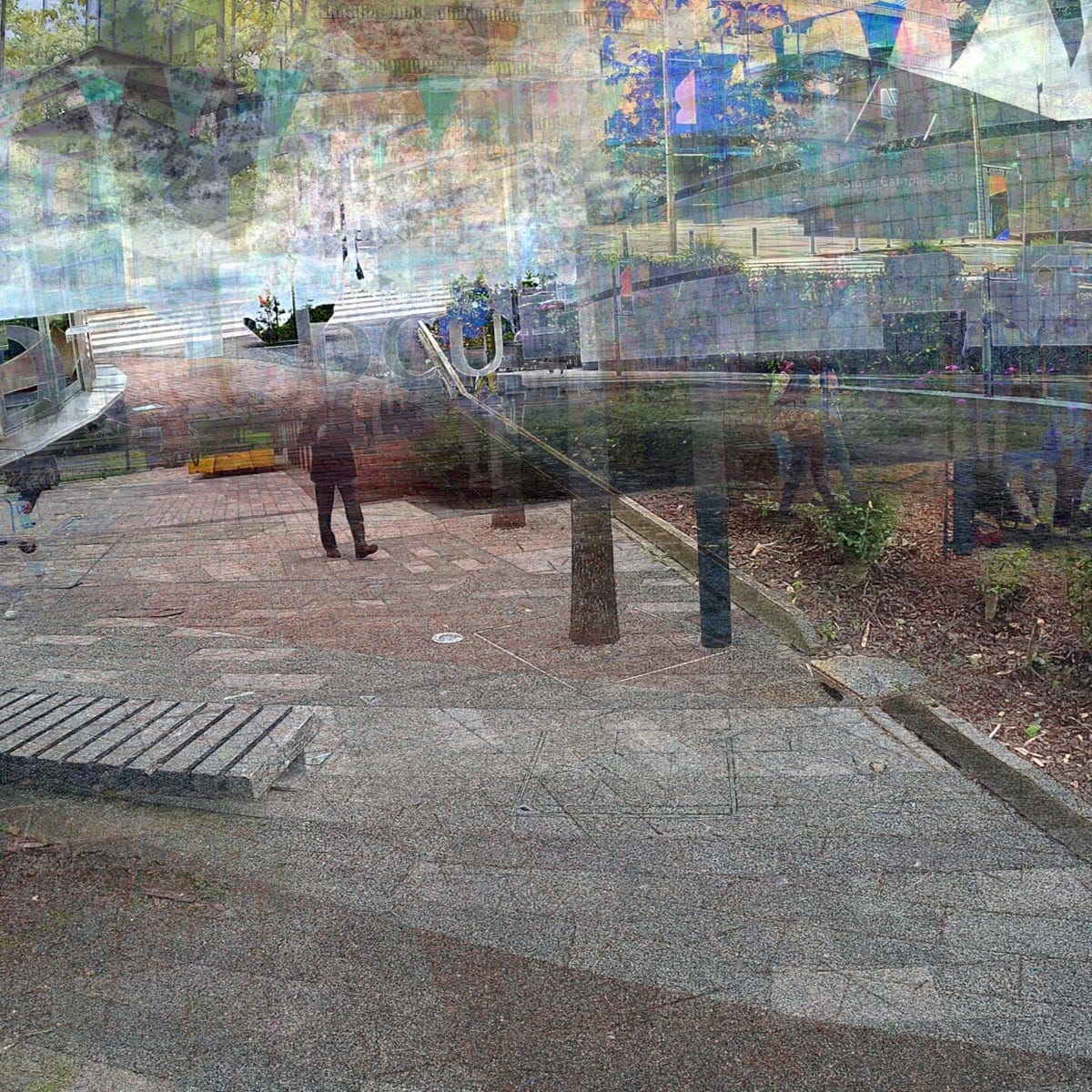Cities for someone, cities for everyone
How cities can be designed for different varieties of people, and how the benefits accrue not only to that specific population, but to everyone.

You’re reading this as part of the blog, but really, it’s only just a note to self I might add to, as well as something I can point others to, as I’ve already sent this list of links to a couple of people.
Basically, how cities can be designed for different varieties of people, and how the benefits accrue not only to that specific population, but to everyone.
§ A child friendly approach to urban design is vital. An Arup report, part of their Cities Alive project. “In our report Designing for urban childhoods, we explain how we can create healthier and more inclusive, resilient and competitive cities for all of us to live, work and grow up in. To showcase our thinking we compiled 40 global case studies, 14 recommended interventions and 15 actions for city leaders, developers and investors and built environment professionals.”
§ Designing for ageing communities. Another Arup report from the same project. “Identifies the specific needs of older people and proposes strategies and actions that cities can take to make communities more age-friendly. The report synthesises these strategies into a vision for the future, showing how communities around the word can achieve this vision and empower their older residents to live happy and fulfilling lives.”
§ The simplest tool for improving cities is also free. Guest essay by Sara Hendren for The New York Times, where she proposes time as a way to rethink cities, design new ways of seeing and living in neighbourhoods, along streets, in temporary parks, and even museums. Using time shifting, citizen groups and urban planners can find a very lightweight way of experimenting, of trying things out and letting the results speak for themselves. (First seen in issue No.183.)
§ When we design for autism, we design for everyone. “Jaxson Stone sits down with Magda Mostafa, autism design consultant and architecture professor at the American University in Cairo, to discuss neuro-inclusive design and her installation at the Venice Architecture Biennale.”
§ Philadelphia playground attracts teens, adults, with largest US swing set. “New parks in Philadelphia, Memphis and Tulsa show that the key to making playgrounds fun for all ages is designing them for teenagers” [Added 2024-05-25]
§ #HerCity. “Involving girls in urban development will make the city better for everyone. Girls plan and design with diversity and different needs in mind. Participatory processes are key for planning a city that works for everyone. If we let citizens that are rarely heard be the experts, our cities and communities will become more inclusive, equal and sustainable.” [Added 2024-08-05]
More than cities
§ Building the world for everyone. “Historic inequities can be replicated during the design and development of digital technologies and services, which are often designed ‘for the 80 per cent’ – the centre of the bell curve that includes most but not all people. The people outside the 80 per cent will differ in different contexts, but might include blind or low vision people who use a screen reader to engage with digital content, Māori people for whom data is a taonga, or older people who did not grow up with digital technology. By consistently designing for the middle of the bell curve, the 20 percent of folks outside the middle have an uphill battle to get products and services that work for them, and decisions made for the majority often inadvertently reinforce systemic oppression.” [Added 2024-05-25]
